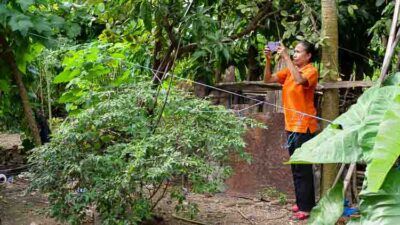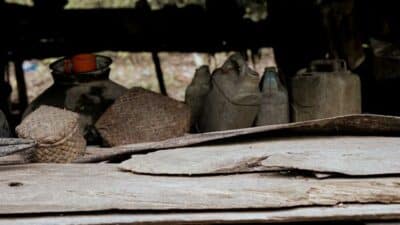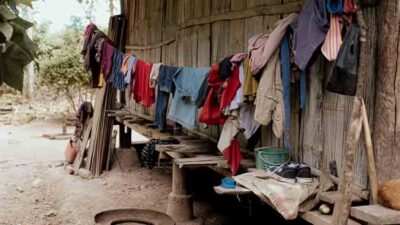|
Listening to the sound of mosquitoes - Umalulu's study on the reality of malaria
👋 Hello everyone, this is Alex, writing from Rumah Kambera, here in Lambanapu.

I chose "Listening to the Sound of Mosquitoes" as the title of this story because in Umalulu, between March and July, that sound dominated our days and nights. The faint buzzing, seemingly insignificant, yet carrying with it disease, fatigue, and sometimes even death. Behind that sound are the statistics: houses open to insects, torn mosquito nets, and families walking for miles to find treatment. For months, we listened to that sound and took the time to analyse it, methodically, like a doctor listening to a heartbeat.
For five months, we undertook meticulous and painstaking work. Seven volunteers - nurses, health professionals, social workers - went from house to house, sometimes in torrential rain, sometimes through scorching dust, and often until late at night.
They visited 269 households, interviewed 460 people, and observed 693 sleeping areas. Each piece of data recorded, each geolocated photo, each patient interview brought to light a reality that official statistics too often ignore.
The results are not flattering, but they are truthful.
 Less than 2% of families received insecticide spraying in their homes. One-third still sleep without an effective mosquito net, and over 92% of the nets used are already too old. More than half of the residents have no toilet and still defecate in the open air. Sixty-eight per cent cannot identify places where mosquitoes breed. And despite near-universal health insurance, most live more than five kilometres from a health centre. Less than 2% of families received insecticide spraying in their homes. One-third still sleep without an effective mosquito net, and over 92% of the nets used are already too old. More than half of the residents have no toilet and still defecate in the open air. Sixty-eight per cent cannot identify places where mosquitoes breed. And despite near-universal health insurance, most live more than five kilometres from a health centre.
These findings are challenging but essential. They clarify why malaria persists, why entire families are exhausted each season, and why poverty worsens when the disease strikes, depriving people of income for days on end.
But this meticulous, scientific, and human approach is making a real difference.
 For the first time, we have a detailed picture, house by house, of the vulnerabilities and needs. We know where to distribute mosquito nets, where to train spraying teams, where to build latrines (which we call "sanitation facilities"), ferrocement water tanks for clean water storage, and how to strengthen village health workers. For the first time, we have a detailed picture, house by house, of the vulnerabilities and needs. We know where to distribute mosquito nets, where to train spraying teams, where to build latrines (which we call "sanitation facilities"), ferrocement water tanks for clean water storage, and how to strengthen village health workers.
We also know that solutions won't come from above, but rather from this patient, grassroots approach, built with the communities, leveraging their own strengths. Our expertise, honed over 16 years of continuous field presence, forms the basis of these pragmatic and tailored approaches.
This is exactly what we are already doing with other prevention initiatives this year in East Sumba, such as the East Sumba Malaria Prevention Project. Each time, we take another step forward, transforming worrying observations into levers for action.
I invite you to read these documents, the result of this painstaking work:
These reports illustrate our approach: rigorous, scientific, independent, but most importantly, deeply human. They are accessible to everyone because the fight against malaria isn't won through rhetoric, but in the villages, in the field, alongside families.
Thank you all for continuing this journey with us.
With my warmest regards,
Alex, for Fair Future - The 3rd of October 2025 |